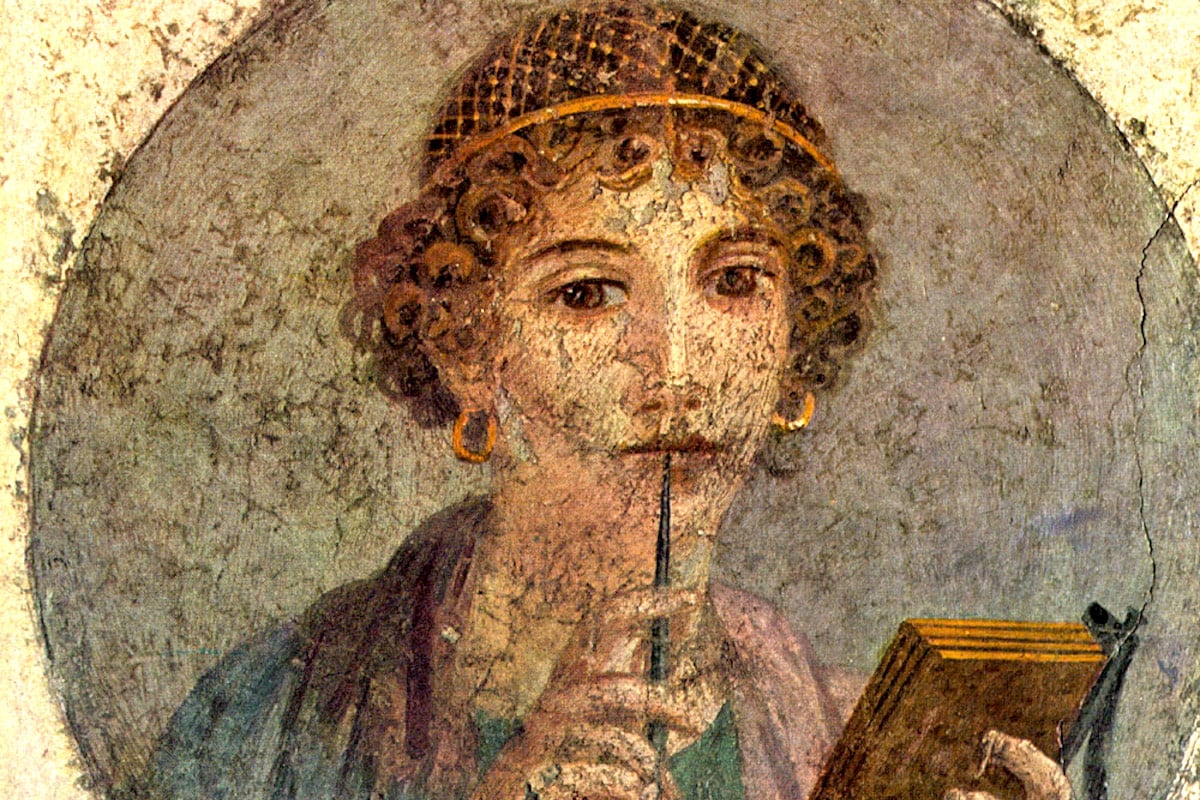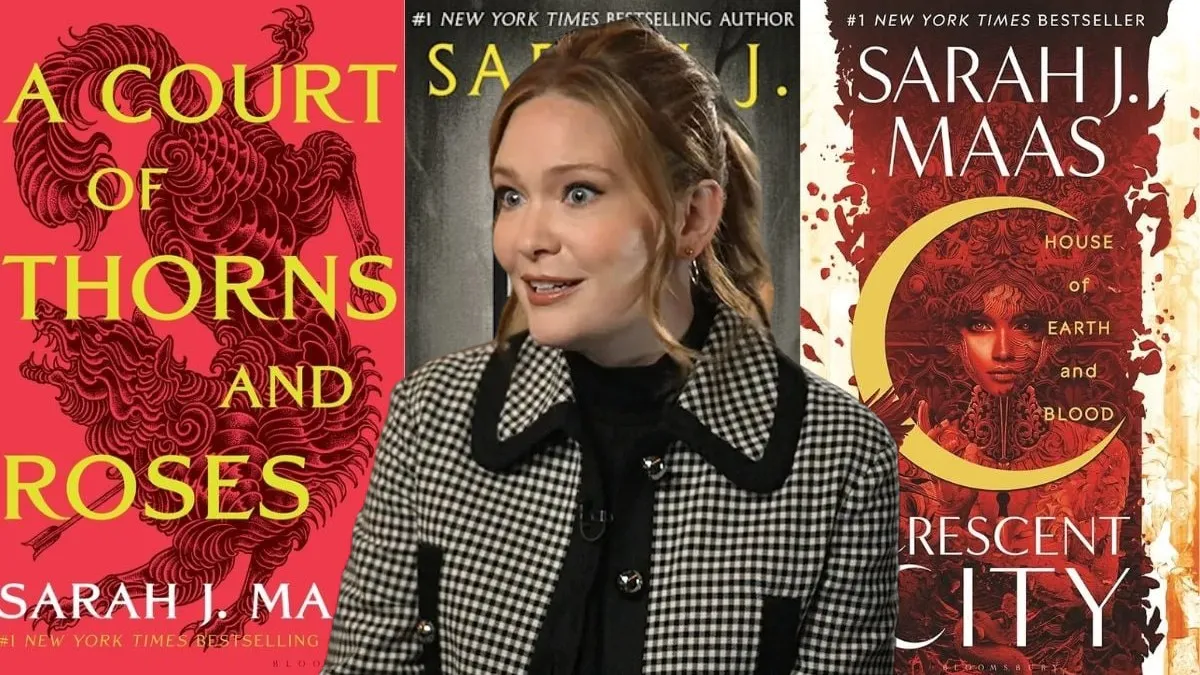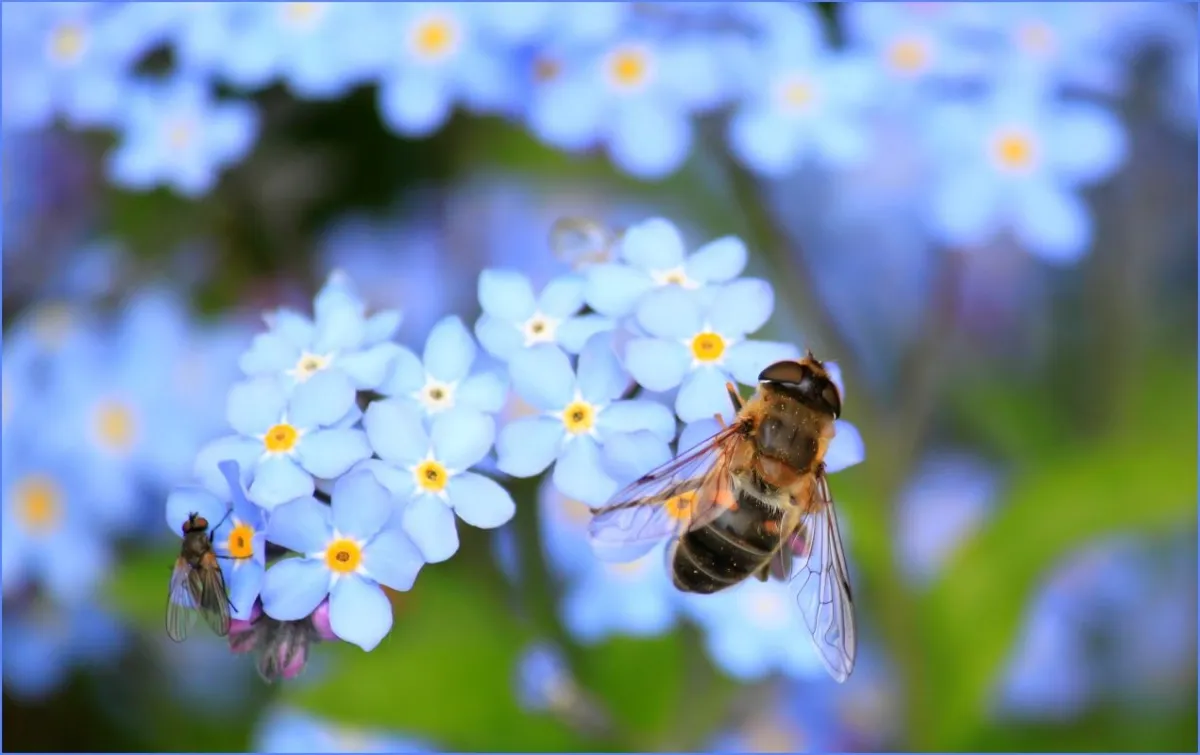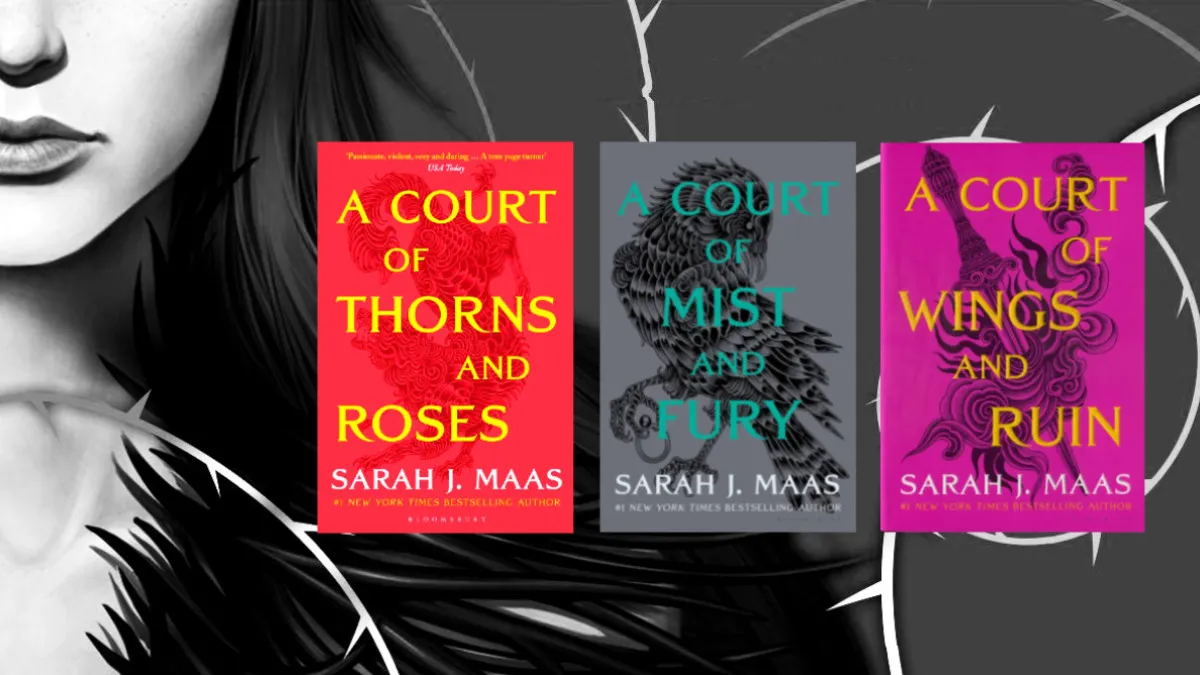Etymology is a helluva thing. It’s so gratifying to finally learn the origins of a word in such a way that it clicks like a puzzle piece. “Ahh, that makes sense!” you think to yourself, while the self-gratification neurons scratch your mental itch in just the right spot. That was me with Sappho, the Greek poet, upon learning that the word “sapphic” (i.e. WLW, lesbian-leaning, etc.) came from her name.
And no, smartasses, I didn’t know of the two separately before learning this. I didn’t know who Sappho was until I took a poetry course in college! And in a course filled with the likes of Rumi, Pablo Neruda, and the Book of Solomon, Sappho was by far the most impressionable poet we studied. So, on the off-chance you might have never heard of her before now—let’s talk about her!
Sappho hailed from the Greek island of Lesbos. (Are the pieces coming together yet?) There are a plethora of details missing from her life, although we do know the basics: she came from a wealthy family and was well-regarded for her lyrical prowess. Her poems were designed to be sung, and she had such a mastery over the lyrical arts, she was often considered to be a Tenth Muse. And, like many queer women in history, her queerness has been a subject of great debate–in great part because her poems have largely been reduced to fragments.
One of the great mysteries of history is figuring out what the hell happened to Sappho’s poems. All historians and translators have to work with are such fragments, and with these fragments have come great debates. How much do we trust the rumors spread by her countrymen? How much do we rely on hearsay? How much can we extrapolate from these fragments? All this fascination surrounding her would have been dead in the water if she wasn’t always as beloved as she is. Considered one of the greats, people often regarded her with the same high level of esteem as poets like Homer. If that man was “The Poet,” Sappho was “The Poetess.”
Here I wanted to share some of my favorite poems of hers. I’m pulling from the translations of Anne Carson, specifically from the novelized edition titled If Not, Winter (which you should absolutely read all the way through, especially if you’re pining). The book opens with this:
Deathless Aphrodite of the spangled mind,/ child of Zeus, who twists lures, I beg/ you do not break with hard pains,/ O lady, my heart
but come here if ever before/ you caught my voice far off/ and listening left your father’s/ golden house and came
yoking your car. And fine birds brought you,/ quick sparrows over the black earth/ whipping their wings down the sky/ through midair–
they arrived. But you, O blessed one,/ smiled in your deathless face/ and asked what (now again) I have suffered and why/ (now again) I am calling out
and what I want to happen most of all/ in my crazy heart. Whom should I persuade (now again)/ to lead you back into her love? Who, O/ Sappho, is wronging you?
For if she flees, soon she will pursue,/ If she refuses gifts, rather will she give them./ If she does not love, soon she will love/ even unwilling.
Come to me now, loose me from hard-/care and all my heart longs/ to accomplish, accomplish. You/ be my ally.
1
Already, wow! So much here! Sappho always read to me as being constrained by the pressures of social expectations, both in her pursuits of women and in being pursued by men. As is evidenced here, she certainly was a passionate person, who felt things intensely. Perfect disposition for a poet, no?
Of course, we ought to include a fragment, just so you get a taste of the bewilderment scholars of Sappho must feel:
…
…
…
thought
barefoot
…
…
…
…
12
My collegiate notes on this were simply: :). I suppose my hippieish 19-year-old self enjoyed this line.
I’d be remiss not to mention that Sappho did find some men attractive, just in a way that differed from her attraction to women. This short poem encapsulates her overall thoughts:
For the man who is beautiful is beautiful to see
But the good man will at once beautiful be.
50
Is this not the bisexual way? To have such intense feelings about the wonderful women around you, yet simply desire goodness in men? I know, I know, that’s somewhat of a reductive and anachronistic reading of her poetry, especially since another poem many pages later has her yearning for a man based purely on his feminine appearance. All the same, what astounds me about Sappho is how easily she’s able to evoke relatability in her readers, even now.
Now, this poem? This is my absolute favorite. It’s one of my favorite poems in general, fragmented as it is (the “]” indicates a fragmented section, as used by Carson herself):
]Sardis/ often turning her thoughts here
] / you like a goddess/ and in your song most of all she rejoiced.
But now she is conspicuous among Lydian women/ as sometimes at sunset/ the rosyfingered moon
Surpasses all the stars. And her light/ stretches over salt sea/ equally and flowerdrop fields.
And the beautiful dew is poured out/ and roses bloom and frail/ chervil and flowering sweetclover.
But then she goes back and forth remembering/ gentle Atthis and in longing/ she bites her tender mind.
96 (there is more of this poem, but it’s so fragmented it hardly makes sense)
If I found out someone wrote a poem like that about me, I think I’d bury myself in a hole, because how on earth could anyone else top that? For reference, Atthis is a recurring figure in Sappho’s poems who’s largely speculated to be a female lover. Whether or not Atthis was a real person, she’s clearly one helluva muse for poor lovesick Sappho.
The last thing I’ll say about Sappho is that she really is so relevant, even today. She boldly wrote about topics such as sexual assault, fluctuating sexuality, gender fluidity, the nature of girlhood, melancholia, and unabashed, yet fleeting joy. Her writing struck a chord with me at 19, and even now, at 25, they ring true. Yes, your mileage may vary depending on the translator (I vastly prefer Carson if you want a place to start), but overall I’ve found that the poetess’ spirit is so unusually strong, it transcends and strikes true regardless.
Go to your local library. Pick up a book of fragments. Take comfort in knowing that, even thousands and thousands of years ago, someone understood what you’re going through now. Happy Women’s History Month.
(featured image: Wikimedia Commons)









